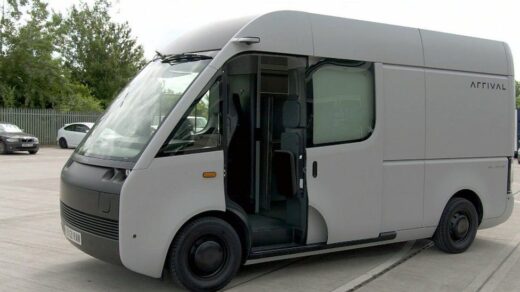The UK could see its first flying taxi take off by 2026, with regular sightings in the sky by 2028, according to a government announcement. The Future of Flight action plan, developed with the aerospace industry, also envisions drones and other flying vehicles becoming more autonomous. Experts predict that the first pilotless flying taxi will launch in 2030, but acknowledge that hurdles such as infrastructure and public acceptance must be overcome first.
Most flying taxis resemble futuristic helicopters and can typically carry about five passengers. These vehicles, known as “eVTOLs” (electric vertical take-off and landing aircraft), are poised to revolutionize transportation, initially replacing expensive helicopter journeys.
The Department for Transport is also exploring the use of drones for various purposes, including transporting medical supplies, delivering mail in rural areas, and aiding law enforcement. The plan aims to make drone deliveries a common occurrence by 2027.
Infrastructure and public perception are cited as the primary obstacles to getting flying taxis off the ground. Craig Roberts, head of drones at PwC, believes that achieving the 2026 target is challenging but feasible. He emphasizes the potential for flying taxis in longer-distance, high-occupancy scenarios, citing a hypothetical 26-minute flight from Liverpool to Leeds.
While regulatory barriers have historically hindered technological advancements in the aerospace industry, progress is being made to align regulations with technological developments. Confidence from the public will be crucial for the widespread adoption of flying taxis, but experts believe that 2026 is a realistic timeline for their introduction.
The proposal for flying taxis necessitates new infrastructure developments in the UK, including the establishment of “mini airports” for drones. Urban Air Port, a company involved in this initiative, envisions air taxis as complementary to existing modes of transport rather than replacements. However, challenges remain in terms of infrastructure investment and construction.
The government’s plan includes the operation of the first vertiport (vertical vehicle airport) this year, with consultations underway for vertiports at existing aerodromes. New regulations will likely need to be implemented to support the introduction of autonomous air taxis by 2030.
Related topics include the Department for Transport, drones, and air travel.








